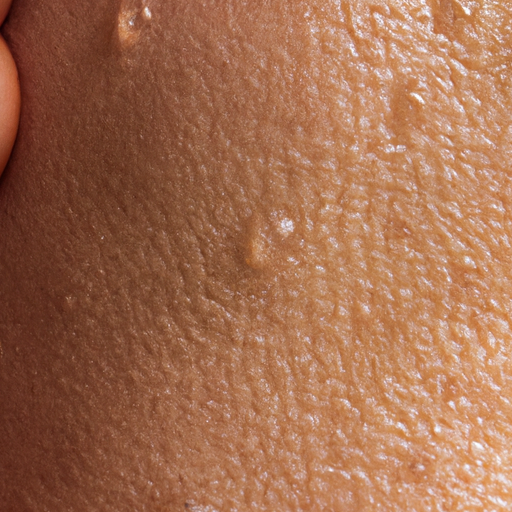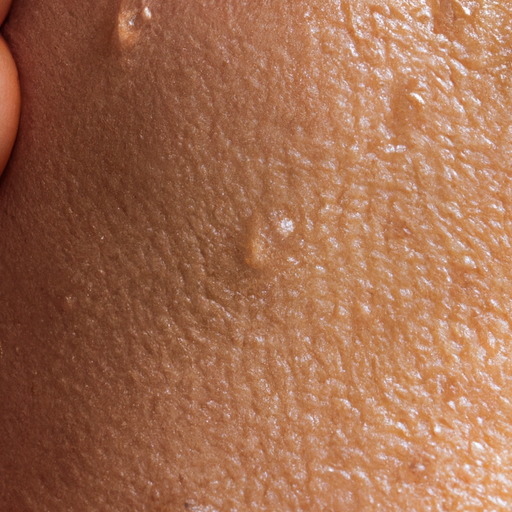Oily skin is a common dermatological condition that affects millions of people worldwide. Although it is often associated with adolescence and hormonal fluctuations, it can occur at any age and can be influenced by a variety of factors. This article aims to unmask the glossy truth about oily skin, exploring its causes, symptoms, and potential treatments.
The sebaceous glands in our skin produce sebum, a natural oil that helps protect and hydrate the skin. However, when these glands produce excessive sebum, it leads to oily skin. The overproduction of sebum can result in a shiny or greasy appearance, clogged pores, and an increased likelihood of acne breakouts.
Several factors contribute to the overproduction of sebum. Genetics play a significant role; if your parents have oily skin, you are likely to inherit the same skin type. Hormonal changes, particularly those occurring during puberty, pregnancy, and menopause, can also stimulate sebum production. Stress can trigger an increase in androgen hormones, which in turn stimulate sebum production. Environmental factors such as humidity and heat can exacerbate oily skin conditions.
Diet may also influence skin oiliness. Some studies suggest that diets high in sugars and fats can stimulate sebum production. However, more research is needed to fully understand the relationship between diet and oily skin.
The symptoms of oily skin are relatively easy to identify. The most noticeable is a shiny or greasy appearance, particularly in the T-zone (the forehead, nose, and chin). Oily skin may also appear thick and rough. Other symptoms include enlarged, visible pores and a propensity for blackheads, pimples, and other types of acne.
In addition to these physical symptoms, oily skin can also have psychological effects. People with oily skin may feel self-conscious about their appearance, which can lead to decreased self-esteem and social anxiety. They may also spend a significant amount of time and money on cosmetic products and treatments to manage their skin condition.
While oily skin can be challenging to manage, understanding its causes and symptoms is the first step towards finding an effective treatment. A dermatologist can provide professional advice and recommend suitable products and treatments. These may include topical treatments that reduce sebum production, such as retinoids, or oral medications for more severe cases.
A skincare routine tailored to oily skin can also help manage symptoms. This should include gentle cleansing to remove excess oil without stripping the skin of its natural moisture, toning to balance the skin’s pH, and moisturizing with oil-free products. Exfoliating once or twice a week can help remove dead skin cells and prevent clogged pores.
In conclusion, oily skin is a complex condition influenced by various genetic, hormonal, environmental, and potentially dietary factors. Its symptoms are not just physical but can also impact an individual’s psychological well-being. However, with understanding and the right skincare routine, oily skin can be effectively managed. It’s important to remember that everyone’s skin is unique, and what works for one person may not work for another. Therefore, it’s crucial to consult with a dermatologist or skincare professional to find the best solution for your specific needs.




